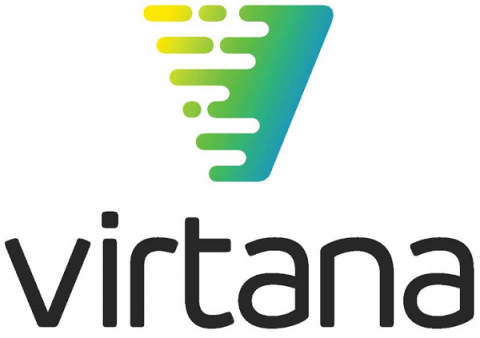Improve Your CMDB for Business Outcomes with Application Dependency Mapping
A configuration management database (CMBD) is a centralized repository that stores information about all the significant entities in your IT environment. These can include your hardware, installed software applications, documents, business services, and even the people who are part of your IT system. The CMDB is designed to help you maintain and support the interrelationships between the configuration items (CIs) within a vast IT structure.


